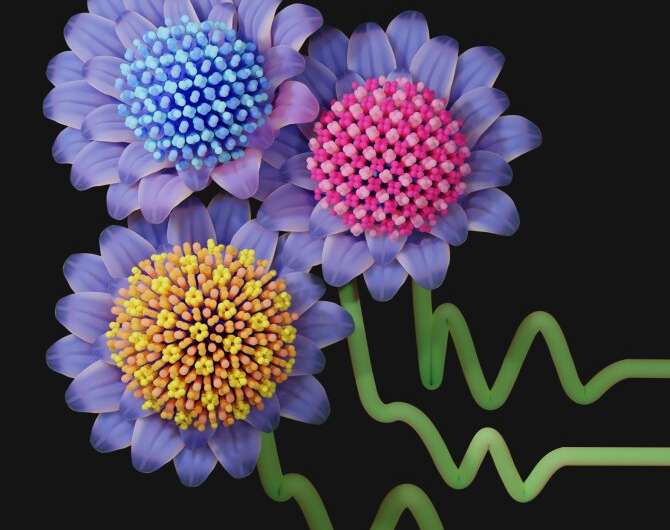
Researchers discover new self-assembled crystal structures (03/05/2023)
Using a targeted computational
approach, researchers in the Department of Materials Science and Engineering at
Cornell University have found more than 20 new self-assembled crystal
structures, none of which had been observed previously.

Ultra-thin metal-organic layers prevent ice crystal formation in novel cryoprotectants (29/04/2023)
Small amounts of nanometer-thin
metal-organic layers efficiently protect red blood cells during freezing and
thawing, as a team of researchers writing in the journal Angewandte Chemie
International Edition has discovered. The nanolayers, made from
metal-organic frameworks based on the metal hafnium, prevent ice crystal
formation at very low concentrations. This effective novel cryoprotection mode
could be used to develop new and more efficient cryoprotectants for the
biosciences.

Researchers use nanoparticles to increase light frequency and resolution of imaging systems (28/04/2023)
Physicists at the Australian National University (ANU) are using nanoparticles to develop new sources of light that will allow us to "peel back the curtain" into the world of extremely small objects—thousands of times smaller than a human hair—with major gains for medical and other technologies.
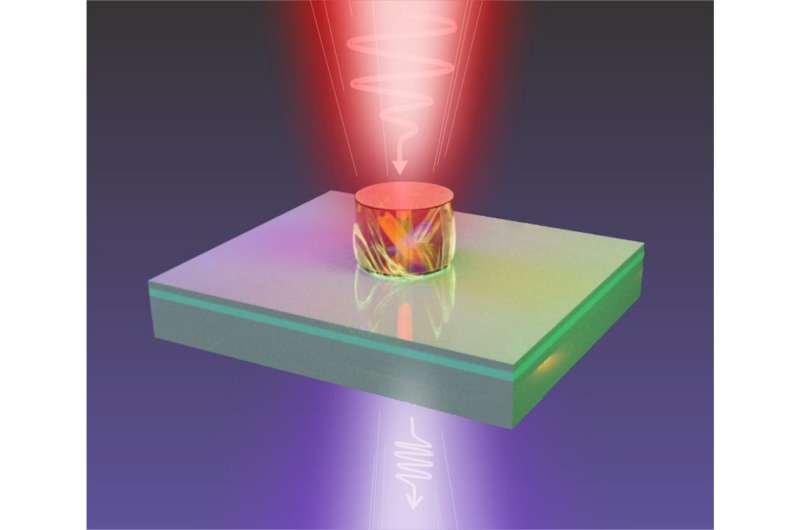
New nanoparticle source generates high-frequency light (28/04/2023)
High-frequency light is useful.
The higher the frequency of light, the shorter its wavelength—and the shorter
the wavelength, the smaller the objects and details the light can be used to
see.
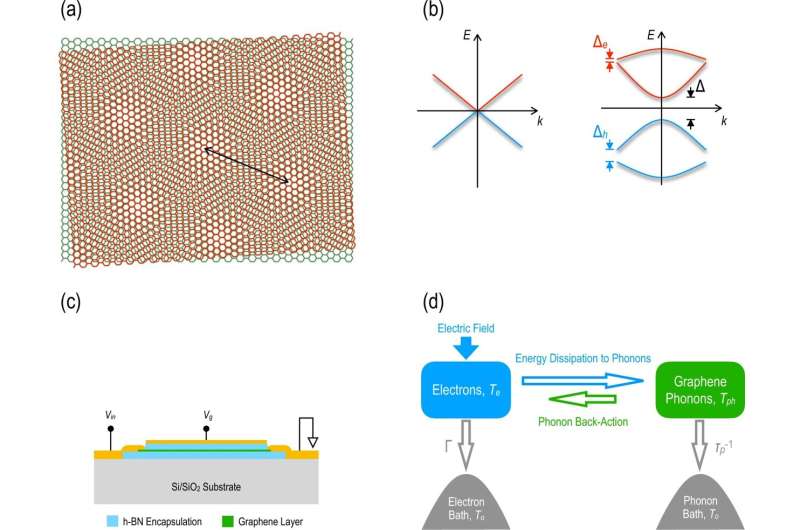
A particular 'sandwich' of graphene and boron nitride may lead to next-gen microelectronics (27/04/2023)
Moiré patterns occur everywhere.
They are created by layering two similar but not identical geometric designs. A
common example is the pattern that sometimes emerges when viewing a chain-link
fence through a second chain-link fence.
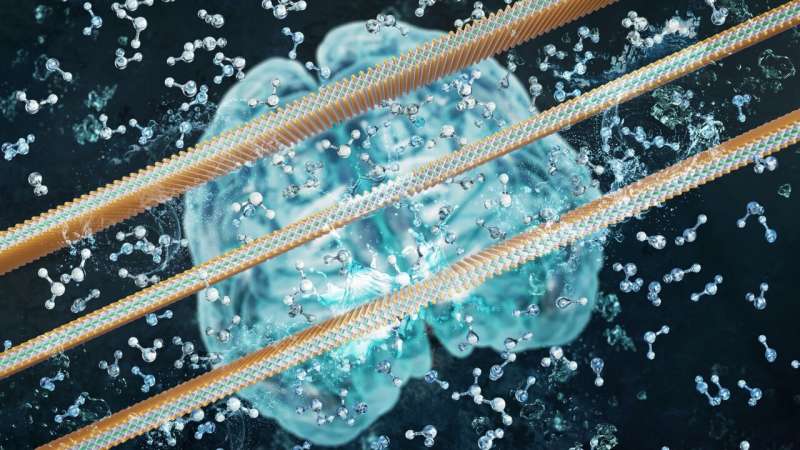
Intelligent membranes with memories for next-generation smart filters (25/04/2023)
Researchers from the National
Graphene Institute (NGI) have created "intelligent" membranes whose
"memory" can be used in areas like smart separation technology, wound
management, drug delivery, sensors and memory devices.
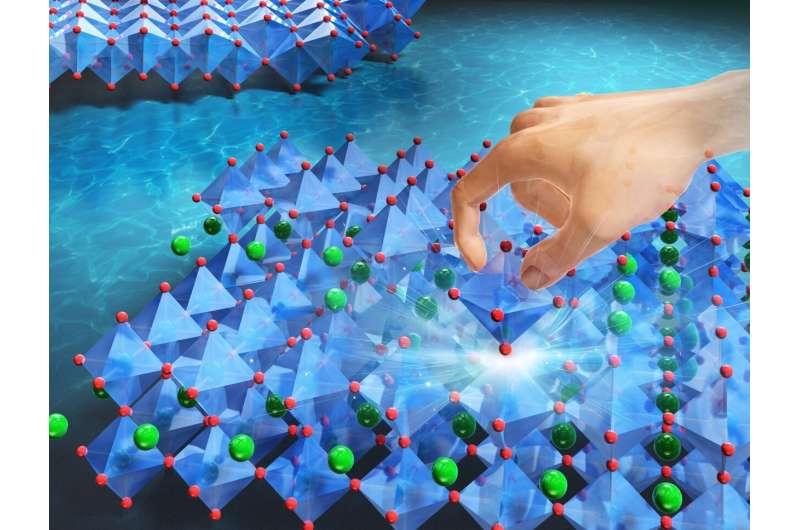
Thinnest-ever freestanding film with ferroelectric propertie (23/04/2023)
Researchers at the Institute for
Future Materials and Systems at Nagoya University in Japan have successfully
synthesized barium titanate (BaTiO3) nanosheets with a thickness of 1.8
nanometers, the thinnest thickness ever created for a free-standing film. Given
that thickness is related to functionality, their findings open the door to
smaller, more efficient devices. The research was published in the journal Advanced
Electronic Materials.
Subsurface microbes capture toxic uranium and remediate groundwater (21/04/2023)
Translucent aerogel bricks could outperform their opaque counterparts (20/04/2023)
While glass bricks are effective for allowing daylight into
buildings, they're not good insulators and they can't be used for entire
load-bearing walls. Such is reportedly not the case, however, with experimental
new aerogel-filled translucent bricks.
Smart dressing changes color if wounds are infected (19/04/2023)
It's ironic that in order to
check if a wound is becoming infected, doctors may end up setting back the
healing process by prematurely removing the dressing. An experimental new
dressing is designed to help, as it changes color if an infection is occurring.









